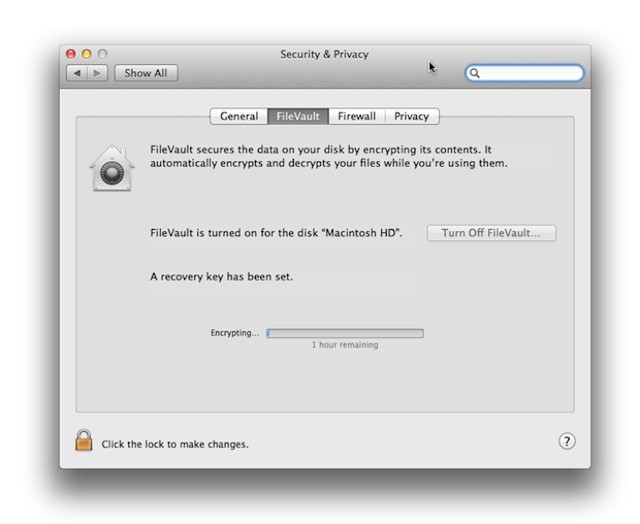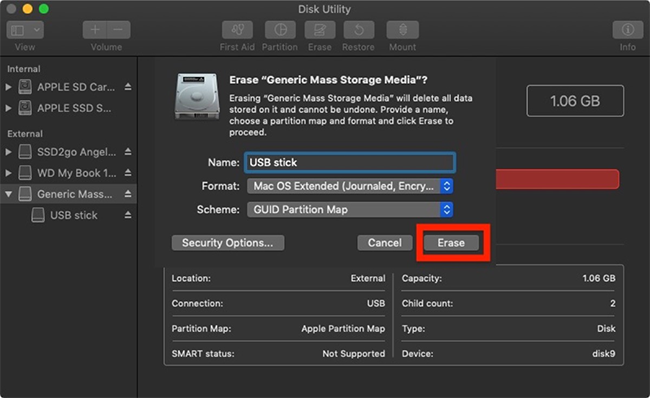

Another mojar disavantage is that the drive can not be used on Windows or Linux. You have to backup and copy data to it after encryption, which takes a lot of time if the volume is large enough. First, the drive must be eased so the data on the USB will be deleted. The steps are simple but have two major pitfalls basically. Next time you insert the USB on Mac, a small window pops up asking for password to unlock the device. Step 5: Wait 2-3 minutes and the USB is fully encrypted by password. Select Choose, and then Erase again to format and encrypt the drive. Step 4: Once you hit Erase, you'll be asked to enter a password twice, as well as a password hint that you can type in. Please note, the password option won't pop up if you chose other partition scheme and format.

Select GUID Partition Map in the dropdown for Scheme, and then choose Mac OS Extended (Journaled, Encrypted) as Format option. Step 3: At the top of the Disk Utility window, click on Erase and add a name for your USB drive in the popup window. Don't select the volume name that appears below it. Step 2: In the left sidebar, make sure Show All Devices is ticked. Step 1: Insert your USB drive into the computer and launch Disk Utility from Applications > Utilities. You can add the data again once the drive has been prepared. That also means you need to take a backup of whatever is in the drive before encrypting it. The built-in Disk Utility app on Mac will also be able to encrypt USB for you, but you'll need to erase and format it before you can apply password protection. This article shows you various ways to secure your information by encrypting USB on Mac.Įncrypt USB Drive on Mac with Disk Utility The best way to keep your data safe is to encrypt your USB with a strong password that is unique and hard to hack. If you lose your USB drive, there's no telling into whose hands your data might fall. USB flash drive is very convenient because of the portability factor, but they can often pose a security risk.


 0 kommentar(er)
0 kommentar(er)
